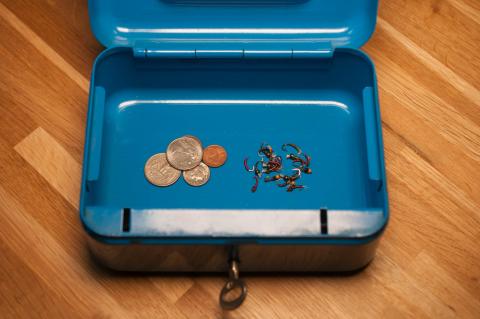Benjamin,
It's been a while since I have heard from Jim, and it's probably unlikely that he sees your comment. He has never submitted the pattern description for the foam emerger in the picture, so you might have to look elsewhere for such a pattern.
Martin
- Log in to post comments

